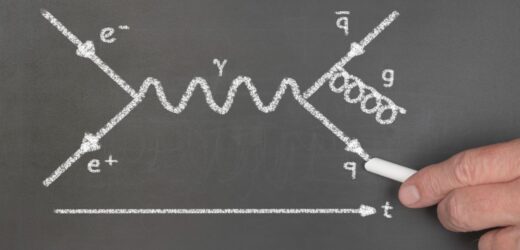Classroom observation instruments are not used all that regularly in higher education, but when they are, the focus tends to be on high-level abstractions (“The teacher was organized.”) or aggregated behaviors (“The teacher treated students with respect.”). Items like these are appropriate, but they do not identify the specific, concrete behaviors observers saw that caused them to come to these more comprehensive conclusions.
Related Articles
I have two loves: teaching and learning. Although I love them for different reasons, I’ve been passionate about...
In my classes, there is a reaction from my students that I have learned to wait for. It...
“Focus on what you can control” is hardly groundbreaking advice. Yet when I read David Gooblar’s version of...
AI can assist in nearly any teaching task, saving educators many hours of work while improving instruction via...
For many, Richard Feynman (1918–1988), the Nobel Prize–winning physicist turned cultural icon, is the prototype of a creative...
Every semester, we conclude our courses with grades, reflections, and the quiet hope that, somehow, what we have...
Teaching in fast-moving fields with real cases presents three persistent problems. First, the news cycle moves more rapidly...







